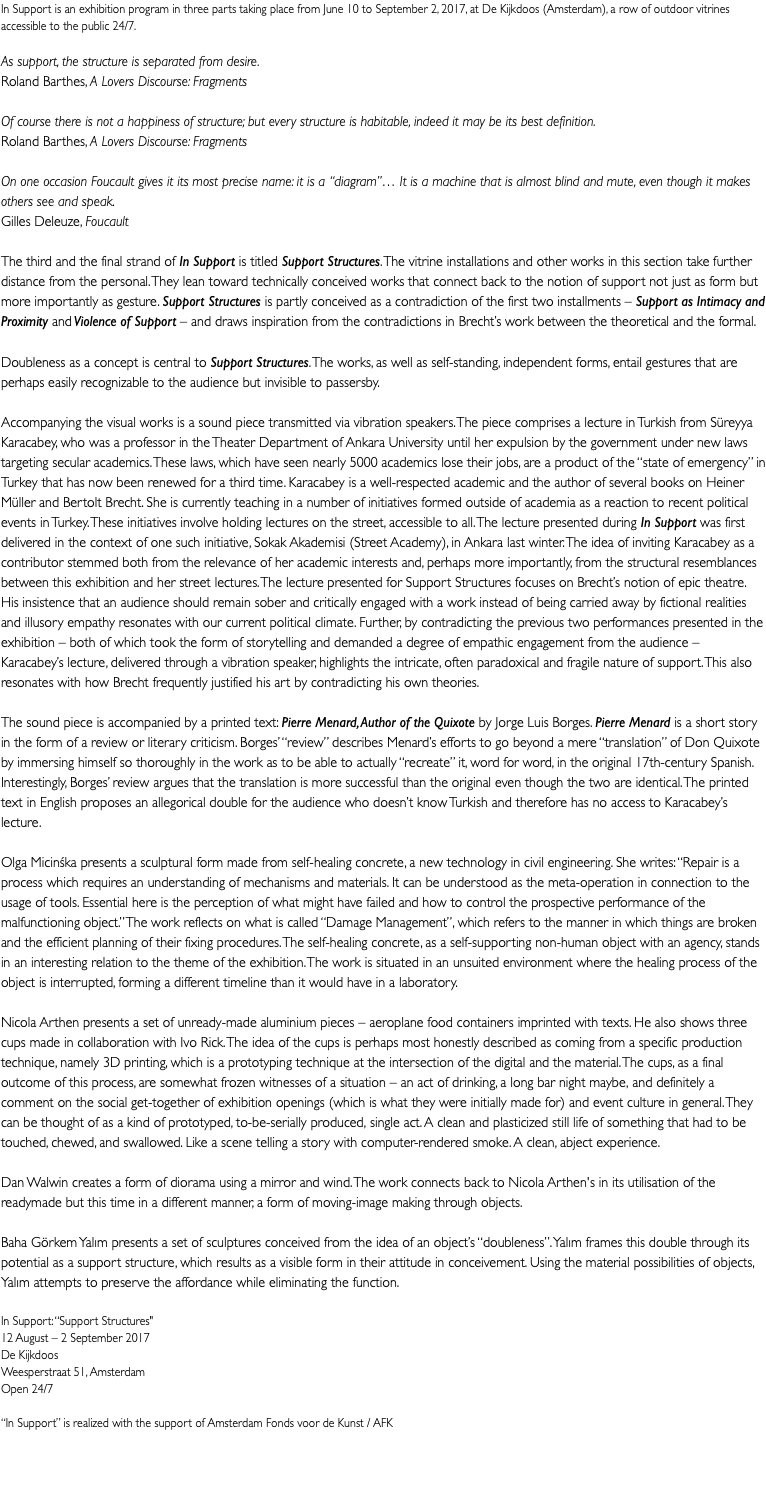
24 - 28
























































>
<









